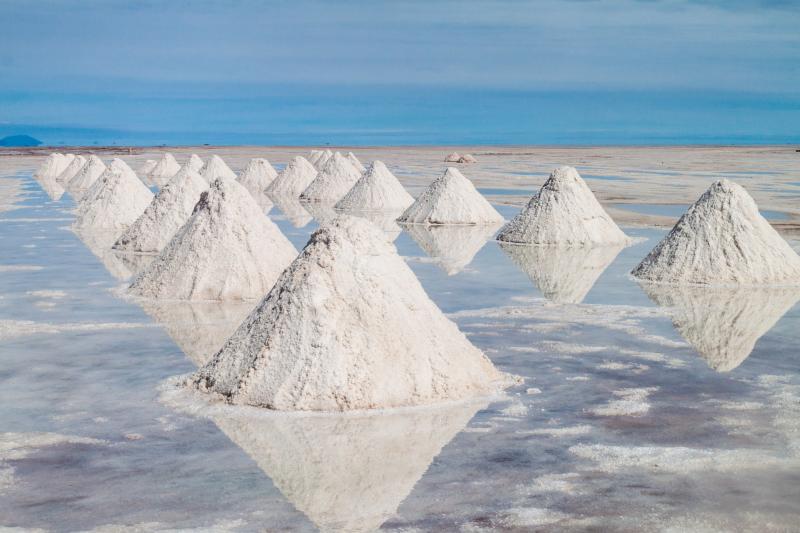Nothing in Prime Minister Anthony Albanese’s $2 billion top up of critical minerals loans requires that the money goes to the value-added processing and refining operations the government campaigned on, with the door left open to backing projects that merely shift supply chains out of China.
It means the money potentially goes to established mining outfits, perpetuating what Senator David Pocock on Thursday called Australia’s “digging stuff up” economy.
While the Prime Minister will need to sign off on any of the large government loans, the facility has been structured to allow consideration of extraction projects that help the global transition to Net Zero and/or shift processing out of China.

Wednesday’s announcement effectively doubled the $2 billion facility announced by Scott Morrison in 2021 and is being delivered through Export Finance Australia.
The bulk of that first $2 billion went to the Eneabba Refinery Project in Western Australia ($1.25 billion), the Siviour Graphite Project in South Australia ($185 million) and the Ecograf battery anode facility in Western Australia ($54 million).
But independent Senator David Pocock raised concerns that the next $2 billion would go to projects that don’t value-add.
“It could go to a company that is simply extracting [critical minerals] and shipping to China?” he asked Industry department secretary Meghan Quinn at Estimates on Thursday.
“Yes,” she replied.
Any final decisions for the loans will need to be signed off by Cabinet and Ms Quinn said it would be surprising if the approvals didn’t fit with the government’s clearly stated agenda to value-add and diversify supply chains.
So why not narrow the loans to only processing or refining?
“Partly it depends a bit on how to help support the whole global economy to get to net zero, with a lot of critical minerals being needed across the system internationally to be able to select transition to the zero, Ms Quinn said.
“So there is a great deal of demand for critical minerals resources, and there’s a question about where the processing happens. So the government has a clear strategy and it would assess the projects on a case by case basis.”
Certain critical minerals and rare earths may never be processed or refined in Australia, Ms Quinn suggested, but the loan facility could still support projects that shift these supply chains away from “the current predominant players”.
The government’s separate $15 billion National Reconstruction Fund includes $1 billion specifically for value-adding in resources and the projects will need to be considered transformative.
Do you know more? Contact James Riley via Email.

